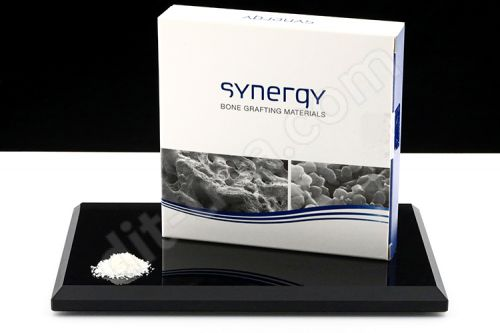The Inception Of Surgical Forceps
Forceps got designed originally to deliver a baby in an epoch where women died because of labor pain. During the 18th century, a new circle of midwives got established. Among them, William Smellie became an outstanding obstetrician of that time. He developed forceps.
After the 19th Century to The Recent Era
During this particular time, the British initiated manufacturing the instruments in carbon steel & stainless steel. Though other different & complex forceps designs emerged, the original designs continued getting used. An introduction to anesthesia made the Caesarean section safer.
In recent times, the Caesarean section has dominated as the solution to complex birth. The use of these forceps has drastically changed over time. Even when obstetrician forceps are available today, it gets employed sparingly as the last resort when there’s no risk of damaging the woman or baby. Today forceps get used for different uses. And the most common forceps types used in the medical field are:
- Dressing forceps: Used for dressing the wounds & removing dressings
- Hemostats forceps help prevent the blood flow during surgery besides controlling hemorrhage
- Splinter forceps remove pieces of bone from the flesh, besides manipulating narrow areas and handling sutures
- Sponge forceps get used to holding, clamp, or grip tissues, gauze or sponges, and used to insert devices inside a body
- Needle holders get used to holding needles during the processes
- Tissue forceps offer a better grip to hold tissues as they have teeth specifically designed to hold them firm without resulting in any damage
- Tubing forceps get used for inserting tubes inside the small blood vessel during any surgical procedure
- Towel forceps hold towels or any piece of towel in the operation theater
To learn more about tissue forceps, consult Dental Implant Technologies today.
.png)

Comments
Post a Comment